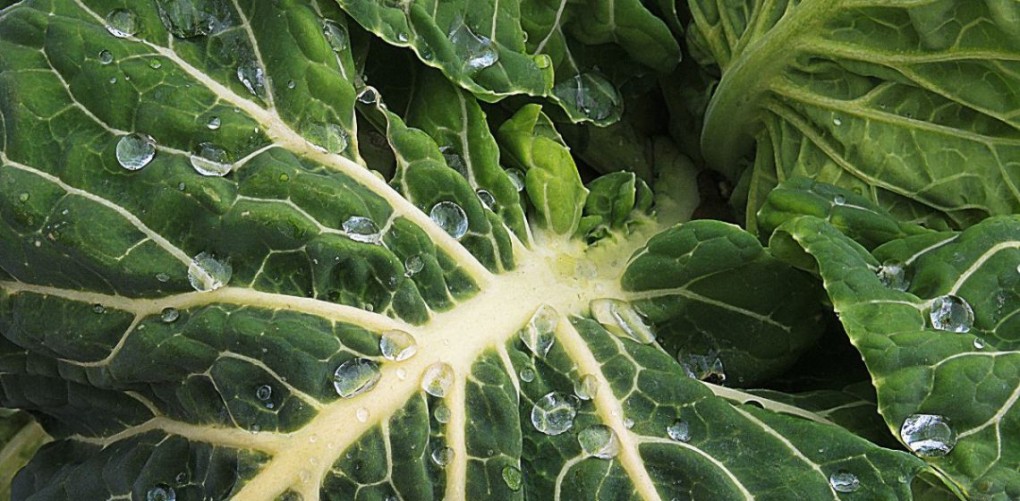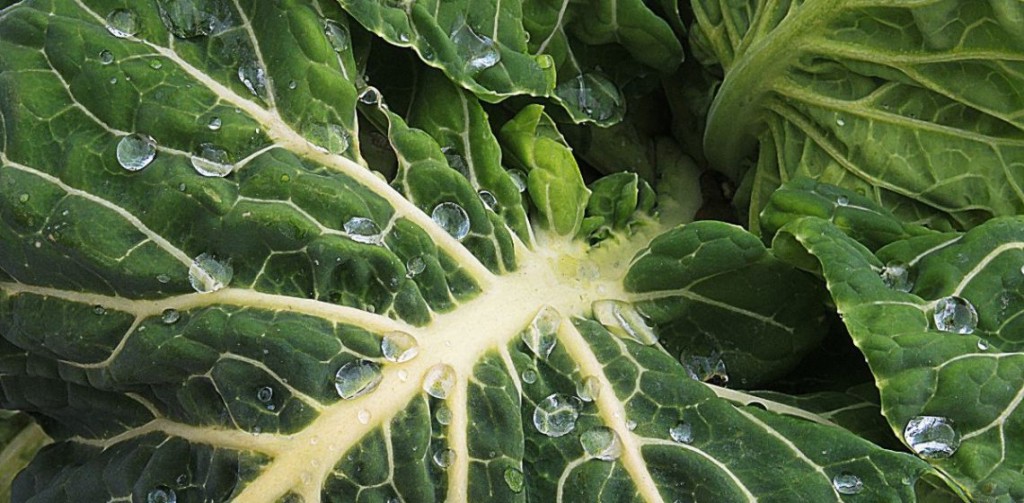Grow Your Own Collard Greens
Collard greens are a delicious addition to any meal, and they are not just for growing in the South! They are also a nutritional powerhouse.
Collards are almost as cold resistant as kale and cabbage, but they are better known in the South because they are also very heat tolerant.
Collards are full of vitamins, minerals, and antioxidants.
Planting
Sow seeds 1/4 inch deep in spring, 4 weeks before the last expected frost. Space seedlings 1 foot apart in rows 3 feet apart. For a fall crop, broadcast seeds 8 to 10 weeks before the first expected frost. Thin to 12 inches apart.
Plant collards in full sun, in well-drained soil that is high in organic matter with a pH between 6.00 and 6.8.
Since the crop is tolerant to cool conditions, collards make a great fall crop in many parts of the country. In warmer parts, late summer and fall sown collards can be harvested through the winter and into the spring.
Widget not in any sidebars
Foliar feed with liquid seaweed extract 2 to 3 times during the growing season.
Care
This tender green has a rapid, even growth. Keep soil moisture consistent for the sweetest crop. Mulch can conserve moisture and keep down weeds. Add a complete organic fertilizer before planting and sidedress with fish emulsion monthly to provide the nitrogen needed for quick growth.
Collards are prone to many of the same pests that trouble other cabbage family members, although not usually to the same degree. You can place floating row covers over the seedbed or transplants to keep pests such as cabbageworms, aphids and flea beetles away.
Harvest
You can begin harvesting leaves of collards as soon as they are large enough to use. You can also cut the entire plant when half grown or mature. You can choose to delay harvest of your fall crop until cool weather and light frost improve the flavor.
Be sure to store leaves in plastic bags in the refrigerator. They will keep best if they are cooled right after harvest by submerging them briefly in ice water.
Ariana Marisol is a contributing staff writer for REALfarmacy.com. She is an avid nature enthusiast, gardener, photographer, writer, hiker, dreamer, and lover of all things sustainable, wild, and free. Ariana strives to bring people closer to their true source, Mother Nature. She graduated The Evergreen State College with an undergraduate degree focusing on Sustainable Design and Environmental Science. Follow her adventures on Instagram.
Photo Credit:




